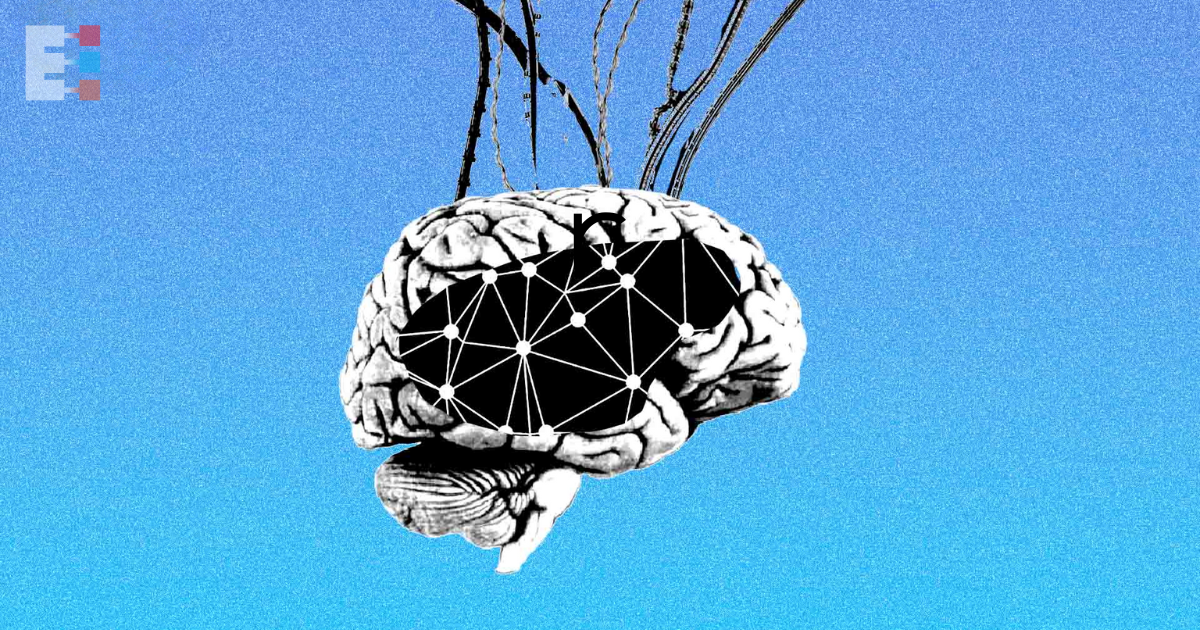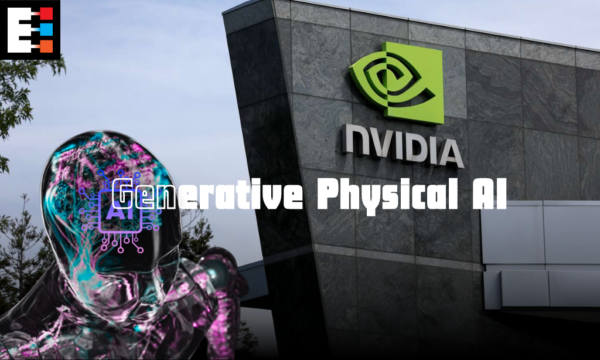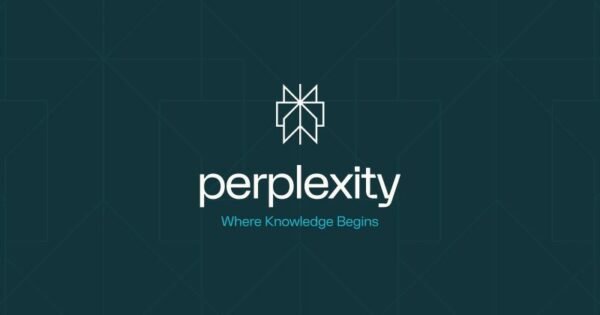Neurosymbolic Programming: Computers That Think Like Humans
![]() Swaleh MehdiTech, Exclusives, Add-to-home-page1 year ago206 Views
Swaleh MehdiTech, Exclusives, Add-to-home-page1 year ago206 Views

Note: this article and its contents are sourced from ‘Neurosymbolic Programming,’ a research paper published in collaboration with MIT, Cornell, Google, and more—full citation of the authors and the article at the end.
The realm of artificial intelligence (AI) has experienced remarkable strides in recent years, particularly in the field of deep learning. Stories of AI systems like AlphaGo, which famously defeated the world champion in the ancient board game Go, and GPT-3, known for its strikingly human-like text generation, have captivated the public imagination. These systems symbolize the pinnacle of deep learning, a branch of AI that employs complex neural networks to process and learn from extensive data sets.
Despite these significant achievements, deep learning and its neural network foundations are not without limitations. A critical concern lies in their interpretability and adaptability in real-world applications, such as autonomous robotics and natural sciences. For all their sophistication, Neural networks often operate as inscrutable “black boxes.” Their multi-layered structures make it challenging to decipher how specific decisions are made or to attribute certain functionalities to particular layers. This lack of transparency and the difficulty in dissecting these networks pose substantial hurdles in scenarios where understanding the reasoning behind AI decisions is crucial.
In response to these challenges, neurosymbolic programming emerges as a groundbreaking advancement, offering a solution that synergizes neural networks’ intuitive, data-driven capabilities with the logical, rule-based structure of symbolic AI. Neurosymbolic programming is not just a mere combination of these two technologies; it represents a thoughtful integration aiming to leverage the strengths of both approaches. This innovative field aspires to develop AI systems that are more than adept learners of patterns. These systems are designed to reason, interpret, and make decisions in a transparent, logical manner. The introduction of neurosymbolic programming marks a significant step towards AI that more closely mirrors human cognitive processes, blending intuitive understanding with logical reasoning.
Key Takeaways:
- Neurosymbolic programming is a new approach to AI that combines the strengths of neural networks and symbolic AI. This means that it can learn from data like neural networks and reason and interpret information like symbolic AI.
- Neurosymbolic programming is more transparent and easier to trust than deep learning. This is because it is easier to understand how neurosymbolic programs work, and they are less likely to make unexpected mistakes.
- Neurosymbolic programming is more efficient and requires less training data than deep learning. This is because it can better use the data it is given.
- Neurosymbolic programming has applications in various fields, including scientific discovery, software development, and dialog systems.
Understanding Neurosymbolic Programming
Neurosymbolic programming represents a significant advancement in AI, marrying the intuitive learning capabilities of neural networks with the logical rigor of symbolic programming. This fusion offers a powerful approach to creating AI systems that learn from data and use logical reasoning and decision-making.
The Essence of Neurosymbolic Programming
At its core, neurosymbolic programming is an evolution of classic program synthesis. Traditional program synthesis automatically generates programs based on high-level task specifications, such as logical constraints or tests that need precise satisfaction. These programs are typically built using structured symbolic terms that adhere to a domain-specific language (DSL)syntax.
Neurosymbolic programming extends this concept by incorporating neural and symbolic elements into the program structure. This approach not only respects the hard constraints of classical program synthesis but also embraces the objective of machine learning: to find a function that fits a given dataset approximately and generalizes well to unseen inputs.
Algorithmic Underpinnings of Neurosymbolic Programming
A neurosymbolic learning algorithm is a complex mechanism that synergizes deep representation learning and gradient-based optimization with symbolic methods like search and automated deduction. The algorithm’s task is to discover the program’s discrete structure or architecture and determine its real-valued parameters, such as those in its neural modules.
The specifications guiding this algorithmic search may include hard constraints typical of classic program synthesis and a quantitative loss function derived from labeled data or reward functions. The ultimate goal is to optimize this loss function while adhering to rigid constraints, effectively balancing data-driven learning and symbolic reasoning.
Defining Components and Compositions
In neurosymbolic programming, a symbolic component is defined as a function with either an extended implementation or a symbolic specification of its functionality. Contrastingly, a neural component is an over-parameterized, differentiable function without a prior specification, functioning more like a black box. A key operation in both traditional programming and deep learning is composition. However, neurosymbolic programming differentiates itself by requiring specific requirements at the interface of composed components, a concept known as symbolic composition. This requirement is not present in traditional layer-based deep learning architectures. Neurosymbolic programs leverage both neural components and extended components or compositions, integrating the depth of neural learning with the clarity of symbolic logic.
Through this innovative blend of neural and symbolic methodologies, neurosymbolic programming aims to create AI systems that are powerful in their learning capabilities and transparent in their reasoning processes. This approach addresses some of the fundamental limitations of traditional AI systems, paving the way for more advanced, transparent, and reliable AI applications.
Advantages of Neurosymbolic Programming Over Traditional Deep Learning

Neurosymbolic programming stands out in AI for its unique advantages over traditional deep learning methods. These benefits stem from its hybrid nature, combining the depth of neural networks with the clarity of symbolic programming.
Enhanced Interpretability and Trust
One of the most significant advantages of neurosymbolic programming is its potential for greater interpretability. Traditional deep learning models, particularly complex neural networks, often act as “black boxes,” making understanding how they arrive at specific decisions challenging. Neurosymbolic programming, using symbolic primitives and structured programming language, offers a more interpretable alternative. This modularity makes neurosymbolic programs more akin to human-written code, allowing for clearer insight into their decision-making processes and a higher degree of trust in their outputs.
Improved Safety and Robustness
Analyzing and ensuring the safety and robustness of AI systems is a critical concern, especially in sensitive domains like healthcare and autonomous vehicles. While deep neural networks present challenges in these areas due to their complexity, neurosymbolic programming simplifies the task. By using symbolic abstractions, neurosymbolic models allow for more accessible algorithmic analysis of safety and robustness, making them more suitable for applications where these factors are paramount.
Learning Efficiency and Knowledge Transfer
Neurosymbolic programming also excels in learning efficiency. Unlike deep learning models that require large volumes of data, neurosymbolic programs can learn more effectively from smaller datasets. This efficiency is particularly beneficial when data is scarce or expensive to acquire. Additionally, the high-level programming abstractions in neurosymbolic programming enable the structured creation and reuse of modules across different learning tasks, akin to using library modules in traditional software development. This approach saves time and resources and facilitates knowledge transfer from one task to another, enhancing the overall learning process.
Reduced Supervision Effort
In traditional supervised learning tasks like image classification, extensive human effort is required to label training data. Neurosymbolic programming, however, can leverage data programming paradigms, where labeling functions are written or synthesized to generate labels for inputs automatically. This approach significantly reduces the required manual labeling, thereby lowering the cost and effort involved in the learning process.
These advantages position neurosymbolic programming as a potent and versatile approach in AI, offering solutions to some of the critical challenges traditional deep learning methods face. Neurosymbolic programming paves the way for more transparent, efficient, and reliable AI systems by bridging the gap between neural learning and symbolic reasoning.
Real-World Applications and Impact of Neurosymbolic Programming

Neurosymbolic programming is not just a theoretical advancement in AI; it has significant implications for real-world applications across various domains, showcasing its versatility and practical value.
Scientific Discovery
In scientific research, neurosymbolic programming revolutionizes how learning algorithms assist in hypothesis generation and experimental guidance. Its ability to respect known constraints and produce interpretable outputs makes it particularly suited for scientific discovery. For example, in cosmology, neurosymbolic methods have been used for symbolic regression, such as in the automatic discovery of symbolic equations from data for predicting dark matter. Similarly, in the field of behavioral analysis, neurosymbolic programming has been employed to classify and interpret animal behaviors from videos, embedding these into lower-dimensional representations for more accessible analysis and understanding.
Programming Systems
The software development industry has also benefited from neurosymbolic programming, especially in creating machine-learning-based assistants for developers. Traditional neural tools often struggle with comprehending the intricate logical semantics of software code. Neurosymbolic programming overcomes this by integrating symbolic methods long used in program analysis. Systems like Bayou can automatically complete Java methods based on a few keywords, and others can semantically parse text into code, significantly aiding developers in coding tasks.
Dialog Systems
Task-oriented dialog systems, serving as digital assistants in various applications like travel booking or database querying, have seen improvements through neurosymbolic programming. These systems, which require understanding and tracking user intent through dialog, benefit from neurosymbolic models that can handle complex semantic contexts. For instance, a neurosymbolic calendar assistant can efficiently manage scheduling actions and corrections, representing these tasks as compositional programs synthesized in context.
These applications demonstrate the breadth of neurosymbolic programming’s impact, from enhancing scientific research and software development to improving user interaction with AI systems. Neurosymbolic programming sets new standards for AI’s applicability and effectiveness in real-world scenarios by addressing complex tasks that require deep learning and logical reasoning.
Conclusion and Future Outlook of Neurosymbolic Programming

Neurosymbolic programming represents a pivotal advancement in AI, skillfully bridging the gap between the intuitive learning of neural networks and the logical precision of symbolic AI. This innovative approach has shown promising results in enhancing interpretability, robustness, and efficiency in AI systems, addressing some of the longstanding challenges traditional deep learning methods face. As we have seen, its applications span various fields, from scientific discovery to software development and dialog systems, showcasing its versatility and practical relevance.
Looking ahead, neurosymbolic programming is poised for further growth and exploration. Future challenges include refining these hybrid models for greater efficiency, tackling more complex tasks, and enhancing adaptability to diverse real-world scenarios. As the field continues to evolve, neurosymbolic programming is set to play a crucial role in shaping the next generation of AI systems, promising AI solutions that are not only more powerful but also more aligned with human ways of thinking and problem-solving.
FAQs:
What is the difference between neurosymbolic programming and deep learning?
Deep learning is a type of AI based on artificial neural networks. The structure of the human brain inspires neural networks, and they can learn from data without being explicitly programmed. It is also based on neural networks, but it also uses symbolic AI techniques, such as logic and reasoning. This makes neurosymbolic programs more transparent and easier to understand than deep learning programs.
What are the advantages of neurosymbolic programming?
This technology has several advantages over deep learning, including:
- Transparency: Neurosymbolic programs are more transparent than deep learning programs, making it easier to understand how they work. This makes them more trustworthy and easier to debug.
- Efficiency: Neurosymbolic programs can be more efficient than deep learning programs, requiring less data to train. This is because they can better use the data they are given.
- Reasoning: Neurosymbolic programs can reason and interpret information, meaning they can logically make decisions. This makes them more versatile than deep learning programs, which can only learn from data.
What are the disadvantages of neurosymbolic programming?
Neurosymbolic programming is still a relatively new field, and it has some disadvantages, including:
- Complexity: Neurosymbolic programs can be more complex than deep learning programs, making them more difficult to develop and debug.
- Limited data: Neurosymbolic programs may not be as good at learning from large amounts of data as deep learning programs.
What are the applications of neurosymbolic programming?
This tech has a wide range of potential applications, including:
- Scientific discovery: Neurosymbolic programs can analyze data and generate hypotheses.
- Software development: Neurosymbolic programs can be used to write more efficient and reliable software.
- Dialog systems: Neurosymbolic programs can be used to create more natural and engaging chatbots.
Read More:
Siri’s Evolution and the Declining Need for Standalone AI Gadgets








Your article helped me a lot, is there any more related content? Thanks!
Your article helped me a lot, is there any more related content? Thanks!
Thanks for sharing. I read many of your blog posts, cool, your blog is very good. https://accounts.binance.info/register?ref=P9L9FQKY
Can you be more specific about the content of your article? After reading it, I still have some doubts. Hope you can help me.